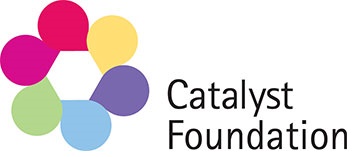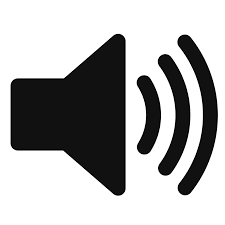Translate to your language
Listen to the text on the website (in English only)
Welcome
The Rainbow Directory SA includes services, organisations, groups and activities that are for, or inclusive of, LGBTIQA+ communities.
If you are looking for something for yourself or someone else, but not sure where to start, try our glossary and information page here. If you would like to register a service, group, or activity, please do so here.
If you would like to offer feedback, notice a problem with the website, or have a concern with a service, please email us here.

